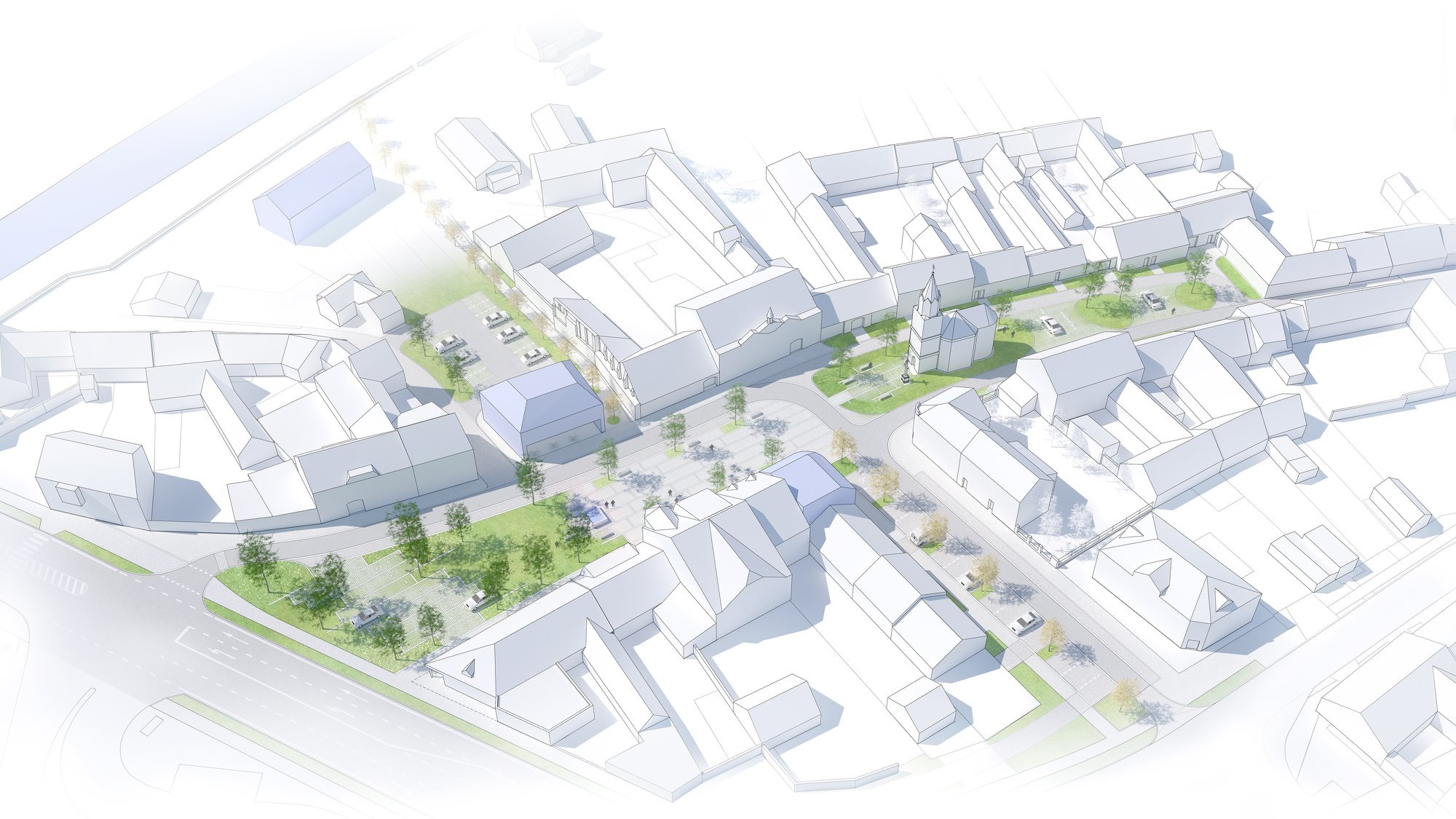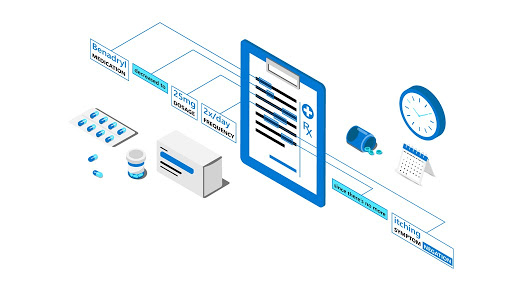Robotics is a vast field that includes computer science and mechanical and electrical engineering. It can do construction, process information, make designs, control robots, process information, and the list goes on. It is efficient enough to provide safety services in almost every aspect of life.
The use of AI in robotics has made it more useful. The combination led the automation tasks to more accuracy and flexibility.
AI is making industrial work more convenient by improving the capabilities of robotics. But scientists have not understood the full approach of Robotic AI Video. It will take some time to fully generate positive results from it. We can expect great changes and additions in Robotics in connection with Artificial Intelligence in the future.

Potency
Traditional robots cannot deal with sudden situations that they have not encountered before. They do not recognize unexpected obstacles. But with AI, they will be able to re-plan the pathway to acquiring the required destination.
They will be able to do anything from scratch, depending on their situation. We can observe many AI robots working this way around us already. For example, some robots do inventory management; some check environments that are harmful to men, while others carry goods in hospitals, warehouses, and factories.
Enhanced Response with the help of Machine Learning
Old robots lacking AI cannot pick up objects they do not know about. They remain unaware of such things. But machine learning enhances their ability to learn new things by themselves without any outer help.
Final Verdict
If we summarize the future of Robotic AI, there are more pros than cons. AI robotics will have reduced risks and prove cost-effective in the long term.
But undoubtedly, many people will lose jobs due to its increased implementation. And in the start, it will be an expensive investment with less creativity. But instead of mourning over its disadvantages, we should focus on finding ways to reduce the risks and generate more outcomes.












